Researchers from Chulalongkorn University have made use of forage grass to feed microorganisms and convert the resulting fat into jet fuel. They aim to expand petroleum-based oil replacement production to reduce impacts on human health and the environment.
Tag: Fossil
Prehistoric Pompeii discovered: Most pristine trilobite fossils ever found shake up scientific understanding of the long extinct group
Researchers have described some of the best-preserved three-dimensional trilobite fossils ever discovered. The fossils, which are more than 500 million years old, were collected in the High Atlas of Morocco and are being referred to by scientists as “Pompeii” trilobites due to their remarkable preservation in ash.
Ammonites’ fate sealed by meteor strike that wiped out dinosaurs
Ammonites were not in decline before their extinction, scientists have found.
New study finds dinosaur fossils did not inspire the mythological griffin
For centuries, scientists thought they knew where the griffin legend came from. A new study takes a closer look at the data and folklore’s influence on science.

Gigantic Jurassic pterosaur fossil unearthed in Oxfordshire, UK
A team of palaeontologists has discovered a fossil of a gigantic flying reptile from the Jurassic period with an estimated wingspan of more than three metres – making it one of the largest pterosaurs ever found from that era.
New Fossil Bovids from Kromdraai
New Fossil Bovids from Kromdraai shed light on South Africa’s ancient ecosystems.
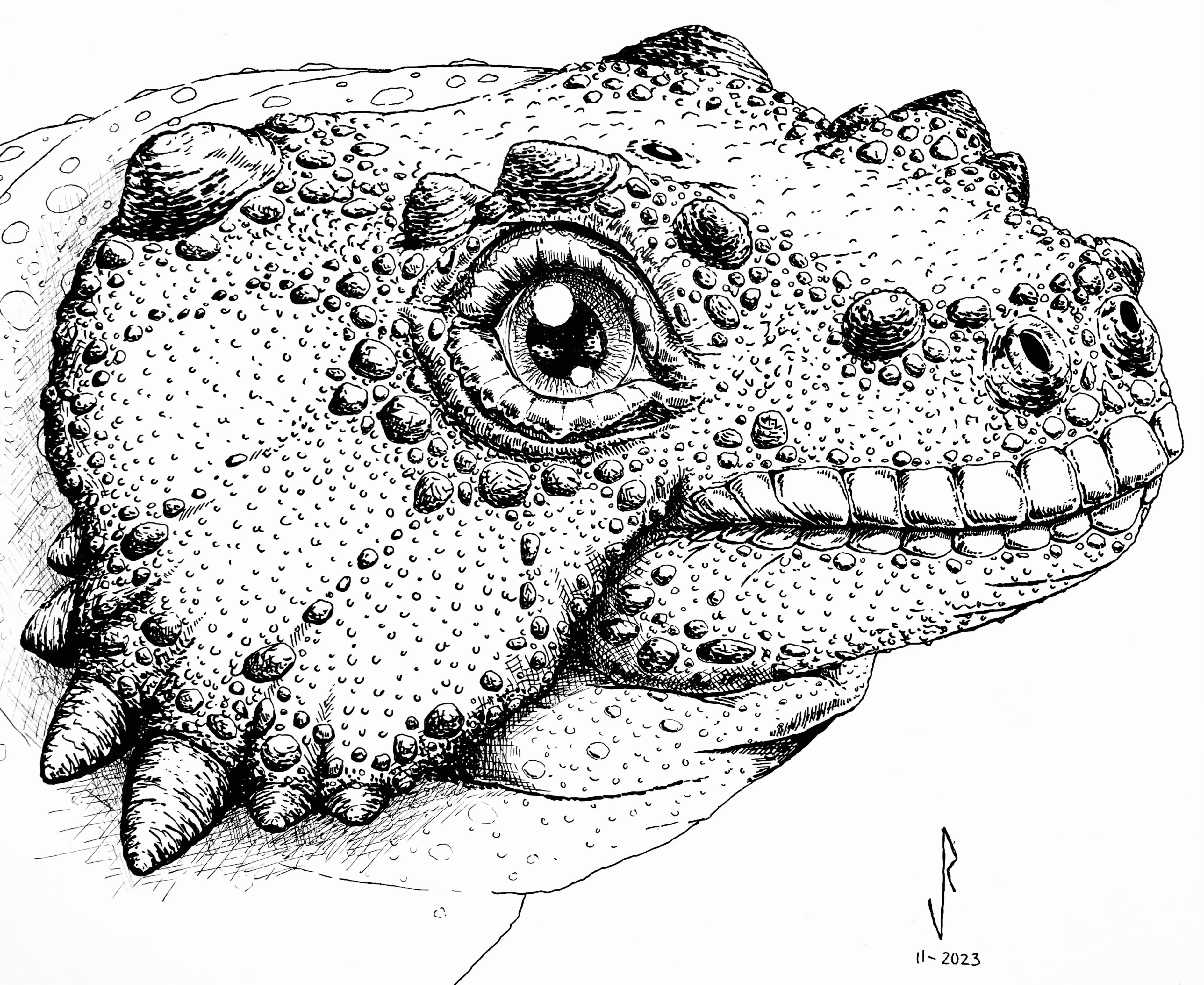
Tiny Titans of the Permian: New anatomical description of the ‘dwarf’ pareiasaur Nanoparia luckhoffi from the Karoo Basin
New description of a ‘dwarf’ pareiasaur from the Karoo Basin
In paleontology, correct names are keys to accurate study
When the skeletal remains of a giant ground sloth were first unearthed in 1796, the discovery marked one of the earliest paleontological finds in American history.
Rays were more diverse 150 million years ago than previously thought
In a new study recently published in the journal Papers in Palaeontology, an international team of scientists led by palaeobiologist Julia Türtscher from the University of Vienna has explored the puzzling world of rays that lived 150 million years ago and discovered a previously hidden diversity – including a new ray species.
Mystery solved: the oldest fossil reptile from the alps is an historical forgery
A 280-million-year-old fossil that has baffled researchers for decades has been shown to be, in part, a forgery following new examination of the remnants.
New fossil site of worldwide importance uncovered in southern France
Nearly 400 exceptionally well-preserved fossils dating back 470 million years have been discovered in the south of France by two amateur paleontologists.
Extraordinary fossil find reveals details about the weight and diet of extinct saber-toothed marsupial
Recent paleontological explorations in the Tatacoa Desert in Colombia led to the recovery of the most complete skeleton of a “saber-toothed marsupial” discovered in northern South America.
Ginger pigment molecules found in fossil frogs
Palaeontologists at University College Cork (UCC) have found the first molecular evidence of phaeomelanin, the pigment that produces ginger colouration, in the fossil record.
Garumbatitian: A new giant dinosaur in the Lower Cretacic of the Iberian Peninsula
New study describes a new sauropod dinosaur that lived in the Iberian Peninsula 122 million years ago.
fossil shows Europe had different herbivorous dinosaurs to America and Asia
Scientists have discovered a new species of small plant-eating dinosaur on the Isle of Wight in southern England (UK). The new species, Vectidromeus insularis, is the second member of the hypsilophodont family to be found on the island, suggesting that Europe had its own family of small herbivorous dinosaurs, distinct from those found in Asia and North America.
First side-necked turtle ever discovered in UK
The first side-necked turtle ever to be found in the UK has been discovered by an amateur fossil collector and palaeontologists at the University of Portsmouth.
Fossil Tells the “Tail” of an Ancient Beast
Approximately 200 million years ago, Antarctica was attached to South America, Africa, India, and Australia in a single “supercontinent” called Gondwana. Paleontologists have long wondered about the unique mammals that lived only on this ancient supercontinent, including a particularly elusive group…
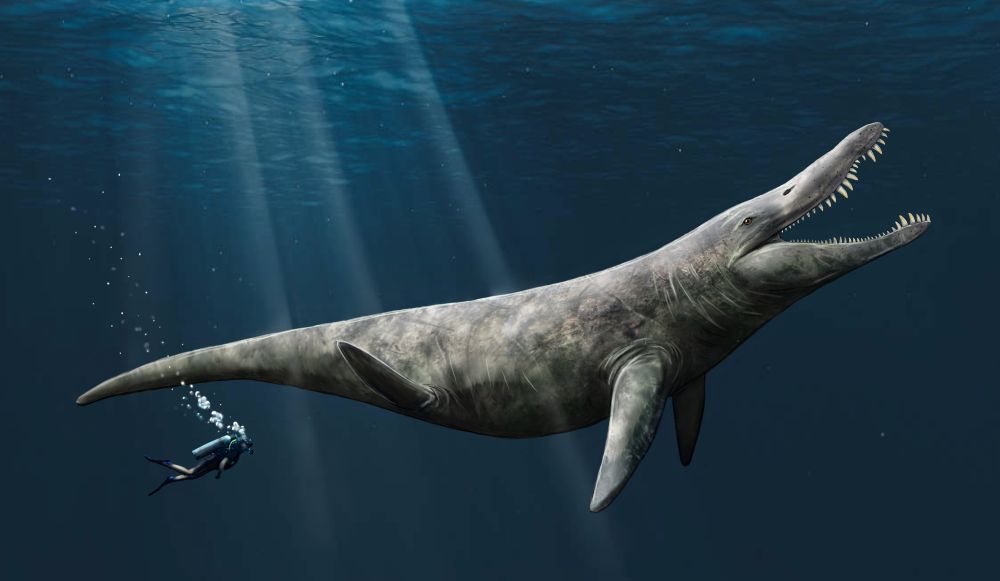
Giants of the Jurassic seas were twice the size of a killer whale
Over 20 years ago, the BBC’s Walking with Dinosaurs TV documentary series showed a 25-metre long Liopleurodon. This sparked heated debates over the size of this pliosaur as it was thought to have been wildly overestimated and more likely to have only reached an adult size of just over six metres long.
New pterosaur species with hundreds of tiny hooked teeth discovered
An unusual new species of pterosaur has been identified, which had over 400 teeth that looked like the prongs of a nit comb.
Armoured worm reveals the ancestry of three major animal groups
An international team of scientists, including from the Universities of Bristol and Oxford, and the Natural History Museum, have discovered that a well-preserved fossilised worm dating from 518-million-years-ago resembles the ancestor of three major groups of living animals.
Artificial Intelligence Meets Extinct Carnivores
A paper published in Science Bulletin, a multidisciplinary academic journal supervised by the Chinese Academy of Sciences and co-sponsored by the CAS and the National Natural Science Foundation of China, shows that Artificial Intelligence is a highly effective tool to know which species of extinct carnivores acted on the fossil bones found at paleontological sites.
Study reveals yunnanozoans as the oldest known stem vertebrates
Scientists have long puzzled over the gap in the fossil record that would explain the evolution of invertebrates to vertebrates. Vertebrates, including fishes, amphibians, reptiles, birds, mammals, and humans, share unique features, such as a backbone and a skull. Invertebrates are animals without backbones.
A new giant dinosaur gives insight into why many prehistoric meat-eaters had such tiny arms
An international team that includes a University of Minnesota Twin Cities researcher has discovered a new big, meat-eating dinosaur, dubbed Meraxes gigas, that provides clues about the evolution and anatomy of predatory dinosaurs such as the Carcharodontosaurus and Tyrannosaurus rex.
‘Raptor-like’ dinosaur discovered in Australian mine, actually uncovered as a timid vegetarian
Fossil footprints found in an Australian coal mine around 50 years ago have long been thought to be that of a large ‘raptor-like’ predatory dinosaur, but scientists have in fact discovered they were instead left by a timid long-necked herbivore.
University of Washington researchers discover four dinosaurs in Montana
A team of paleontologists from the University of Washington excavated four dinosaurs in northeastern Montana this summer. The four dinosaur fossils are: the ilium of an ostrich-sized theropod; the hips and legs of a duck-billed dinosaur; a pelvis and limbs from another theropod; and a Triceratops specimen.
3-D printed replicas reveal swimming capabilities of ancient cephalopods
Researchers took 3-D printed reconstructions of fossil cephalopods to actual water tanks (including a swimming pool) to see how their shell structure may have been tied to their movement and lifestyle.
New fossil discovery from Israel points to complicated evolutionary process
Analysis of recently discovered fossils found in Israel suggest that interactions between different human species were more complex than previously believed, according to a team of researchers including Binghamton University anthropology professor Rolf Quam.
Fossil secret may shed light on the diversity of Earth’s first animals
A large group of iconic fossils widely believed to shed light on the origins of many of Earth’s animals and the communities they lived in may be hiding a secret.
Scientists are the first to model how exceptionally well preserved fossils that record the largest and most intense burst of evolution ever seen could have been moved by mudflows.
Pandemic-era paleontology: A wayward skull, at-home fossil analyses and a first for Antarctic amphibians
Researchers at the University of Washington have discovered the first fossil evidence of an ancient amphibian, Micropholis stowi, from Antarctica. Micropholis lived in the Early Triassic, shortly after Earth’s largest mass extinction. It was previously known only from fossils in South Africa.
Scientists stunned to discover fossil plants beneath mile-deep Greenland ice—indicating risk of rapid sea-level rise
Scientists found frozen plant fossils, preserved under a mile of ice on Greenland. The discovery helps confirm a new and troubling understanding that the Greenland Ice Sheet has melted entirely during recent warm periods in Earth’s history—like the one we are now creating with human-caused climate change.
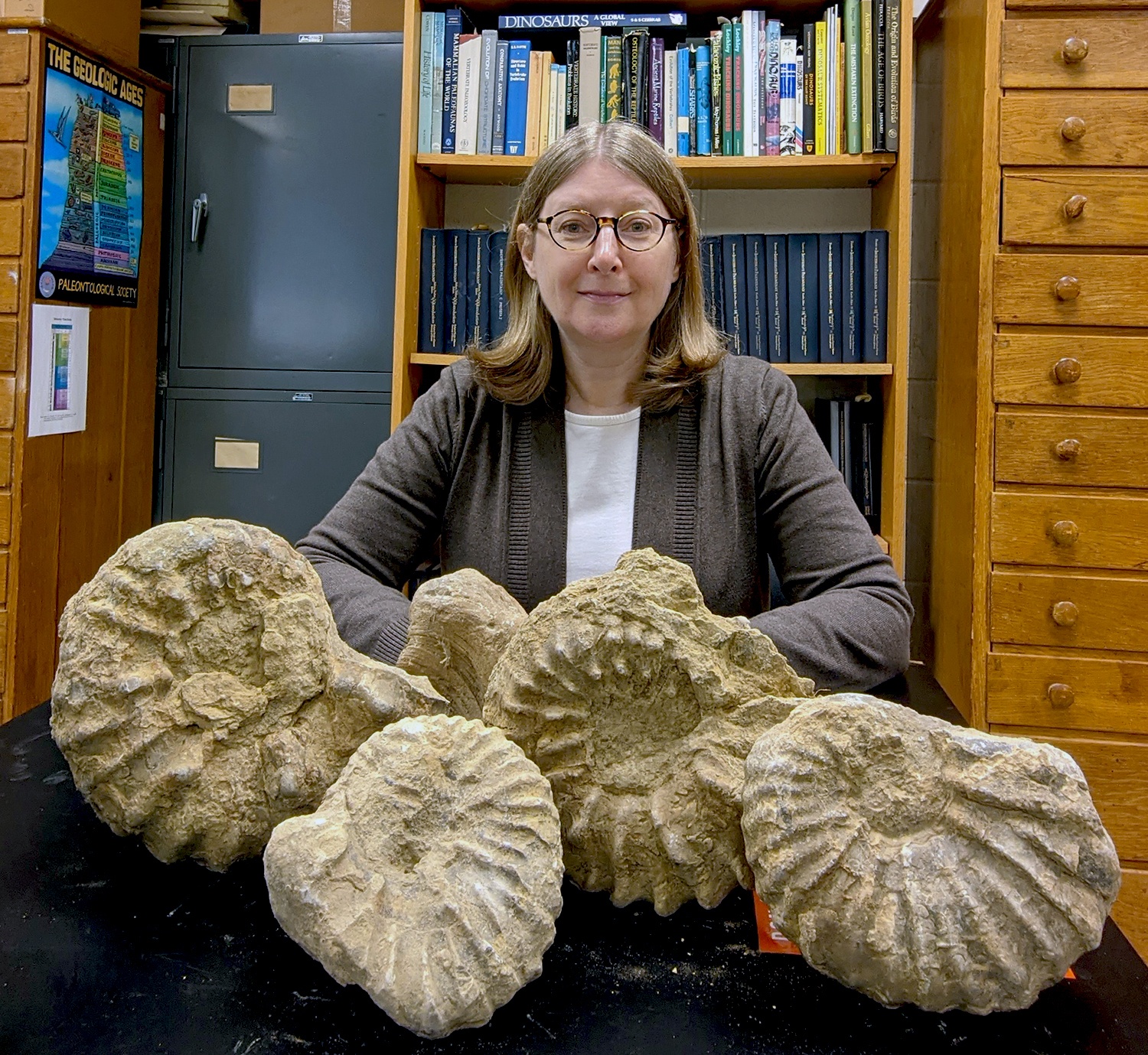
Fossils may hold clues to climate change, says BGSU paleobiologist
Evolution and extinction of an ancient mollusk, informs the research of Dr. Peg Yacobucci

Scientists describe earliest primate fossils
A new study published Feb. 24 in the journal Royal Society Open Science documents the earliest-known fossil evidence of primates. These creatures lived less than 150,000 years after the Cretaceous-Paleogene mass extinction event that killed off non-avian dinosaurs and saw the rise of mammals.
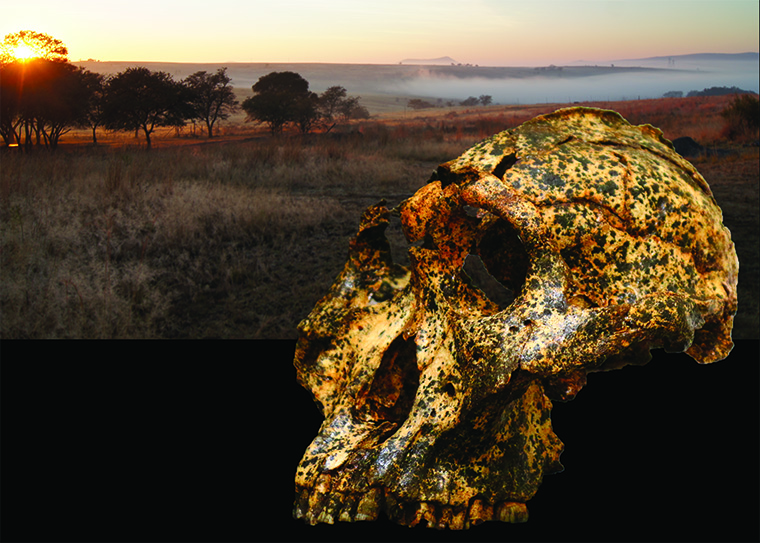
Newly discovered fossil documents small-scale evolutionary changes in an extinct human species
Males of the extinct human species Paranthropus robustus were thought to be substantially larger than females — much like the size differences seen in modern-day primates such as gorillas, orangutans and baboons. But a new fossil discovery in South Africa instead suggests that P. robustus evolved rapidly during a turbulent period of local climate change about 2 million years ago, resulting in anatomical changes that previously were attributed to sex.
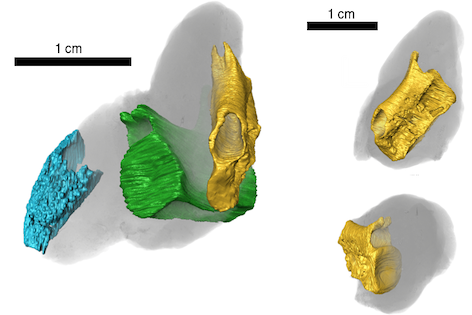
Fossil poop shows fishy lunches from 200 million years ago
A new study of coprolites, fossil poop, shows the detail of food webs in the ancient shallow seas around Bristol in south-west England. One hungry fish ate part of the head of another fish before snipping off the tail of a passing reptile.
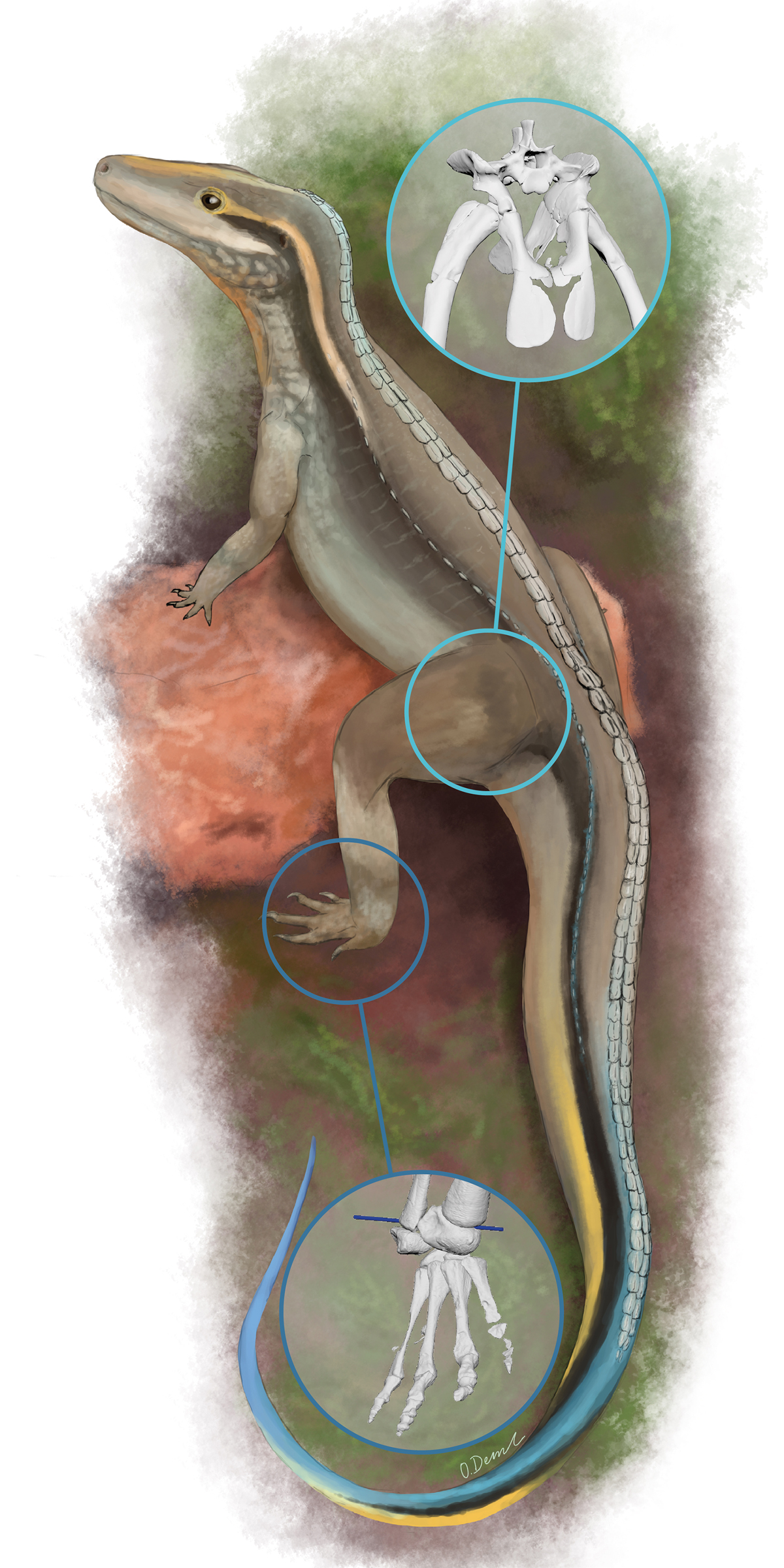
Computational study of a famous fossil offers insight into the evolution of locomotion in “ruling reptiles”
Scientists from the University of Bristol and the Royal Veterinary College (RVC) used three-dimensional computer modelling to investigate the hindlimb of Euparkeria capensis–a small reptile that lived in the Triassic Period 245 million years ago–and inferred that it had a “mosaic” of functions in locomotion.

The fossil detective
Uncovering what drives the evolution of new animals is key for understanding the history of life on Earth. Geologist James Lamsdell is embarking on this exploration as a recipient of the National Science Foundation’s CAREER award.

Fossils of the future to mostly consist of humans, domestic animals
In a co-authored paper published online in the journal Anthropocene, University of Illinois at Chicago paleontologist Roy Plotnick argues that the fossil record of mammals will provide a clear signal of the Anthropocene era.